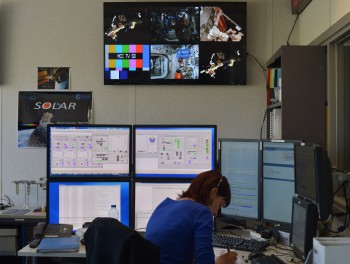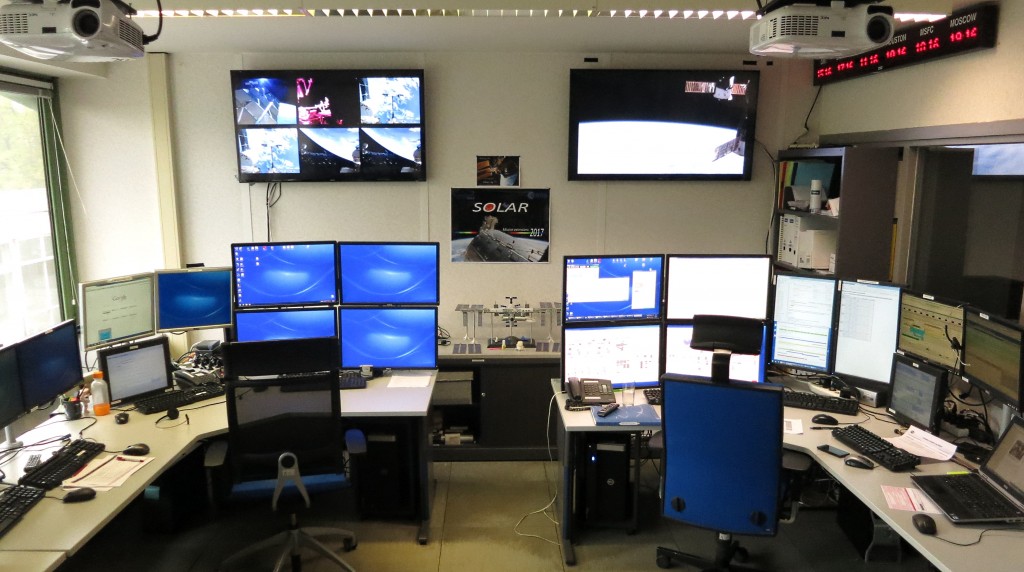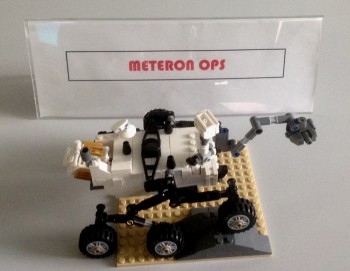“B.USOC?”
That is the reply we usually get when we tell someone where we work. Explaining the whole concept of how and what we do in less than a one-hour conversation has always been a challenge. The best one-liner explanation I can think of (especially useful when in a pub) is: “Well, it’s a like a little Houston in Belgium, we operate experiments running on the International Space Station“.
B.USOC is an acronym for ‘Belgian User Support and Operations Centre’. USOCs are centres across Europe that are responsible for implementing European payloads on the Space Station. The Belgian USOC is situated south of Brussels, in Uccle.
 A USOC is the link between the scientists and the International Space Station, and are points of contact for preparing and operating experiments. We are always in direct contact with the Space Station and other ground control stations across the world to ensure experiments are run according to scientist’s needs. Experiments are mostly monitored and operated by ground controllers at the USOC but astronauts are often involved in parts of the experiment’s execution. We are on-console 24/7 for some experiments. Our team of 13 operators are from the BIRA-IASB and Space Applications Services but not all of our time is spent behind a console. Before an experiment is launched and run in space, a lot of preparatory work needs to happen. We develop procedures for the astronauts, support their training, optimise experiments, set up a ground infrastructure to send and receive data while working out how the hell all that can be done in very short timeframes. There is an incredibly long checklist before experiments are given the stamp ‘space approved’.
A USOC is the link between the scientists and the International Space Station, and are points of contact for preparing and operating experiments. We are always in direct contact with the Space Station and other ground control stations across the world to ensure experiments are run according to scientist’s needs. Experiments are mostly monitored and operated by ground controllers at the USOC but astronauts are often involved in parts of the experiment’s execution. We are on-console 24/7 for some experiments. Our team of 13 operators are from the BIRA-IASB and Space Applications Services but not all of our time is spent behind a console. Before an experiment is launched and run in space, a lot of preparatory work needs to happen. We develop procedures for the astronauts, support their training, optimise experiments, set up a ground infrastructure to send and receive data while working out how the hell all that can be done in very short timeframes. There is an incredibly long checklist before experiments are given the stamp ‘space approved’.
For Meteron, we will guide ESA astronaut Andreas Mogensen during his experiment in September. In the months leading up to the experiment we will make sure the communication links with the International Space Station are established and our ground systems are working properly. . These laptops need to be installed and require power, a data connection and software. But in space nothing is taken for granted and every part of the laptop’s power and communication chain needs to be well-known, reserved for use and maintained. Step-by-step items on our checklist are ticked off until we can provide the GO for Andreas. Right now we are finalizing procedures, developing test schemes and configuring the software that Andreas will use. This input will eventually be used for his specialized Meteron training next month. One of the laptops will be installed shortly and from then on, months and months of preparations will finally pay off and we start the operations from behind our consoles – live!
Koen Struyven
Meteron Ops




Discussion: no comments